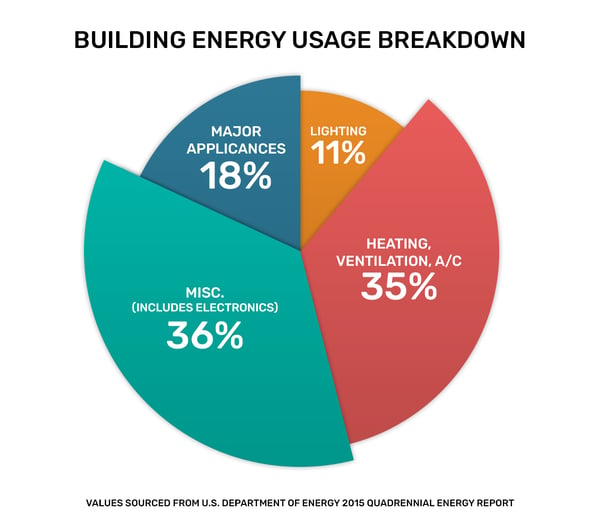
|
May 2022 |
[an error occurred while processing this directive] |
| Utilizing Smart Controls to Help Decarbonize Buildings Represented from https://www.buildingsiot.com/blog/utilizing-smart-controls-to-help-decarbonize-buildings-bd? |
Jason Pohl |
[an error occurred while processing this directive]
| Articles |
| Interviews |
| Releases |
| New Products |
| Reviews |
| [an error occurred while processing this directive] |
| Editorial |
| Events |
| Sponsors |
| Site Search |
| Newsletters |
| [an error occurred while processing this directive] |
| Archives |
| Past Issues |
| Home |
| Editors |
| eDucation |
| [an error occurred while processing this directive] |
| Links |
| Software |
| [an error occurred while processing this directive] |
Efforts to decarbonize the economy have gained rapid adoption in recent years. While energy and transportation tend to get the most coverage, the U.S. building sector consumes 40% of primary energy usage and generates a corresponding percentage of greenhouse gas emissions. Owners who invest in smart, efficiency-focused solutions can significantly reduce their carbon footprints and energy-related costs.
But there is also another reason to go green: energy efficiency can add value to investments and attract tenants. According to the Institute of Business and Economic Research, green buildings command higher rents and enjoy better occupancy rates than traditional buildings.
A notable boon for the adoption of green technology in buildings is that most of the solutions are already on site. Intelligent controls can utilize the data generated by existing building systems to decarbonize buildings and protect the environment. By taking a closer look at the logistics and potential gains of smart control implementation, you can determine if this innovative strategy could be the way forward for your portfolio.
Many commercial real estate investors are surprised by the emission reductions they can achieve through optimization patterns alone. While new developments in material sciences are pushing the thermal and optical properties of treatments for exterior surfaces like windows and roofs, a more immediate path to reducing energy usage is likely to already exist within your building.
Moreover, the adoption of this extant model has the advantage of being quicker to integrate and without the interruptions to day-to-day business that may come with surface treatments or other extensive renovations.
Intelligent control systems operate by unifying data streams already present in your building and providing users with a simple yet powerful tool to access their data. An integrated building management system can handle internal and external data entries to construct a reactive model of emission reduction. The key here is reactivity: an automated BMS relies on an intelligent framework to guide decision-making.
Let’s dive a bit deeper into the weeds.
With
smart controls, you can mold your system’s response to shifting needs.
Consider lighting and heating elements that are set on timers; these
are starting points for a more intelligent approach to BMS, but they
lack finesse. Energy efficiency needs a more comprehensive approach
than simple time-of-day. Picture an empty building space that is being
cooled to a preset temperature. If the space is unused, that energy is
being wasted. But if the space suddenly fills with people, it may not
be cooled enough. In other words, a time-based cooling model
simultaneously does too much and too little, and the failure to factor
in human activity overlooks the most essential driver of usage
patterns.

For Complete article Represented from
https://www.buildingsiot.com/blog/utilizing-smart-controls-to-help-decarbonize-buildings-bd?
[an error occurred while processing this directive]
[Click Banner To Learn More]
[Home Page] [The Automator] [About] [Subscribe ] [Contact Us]